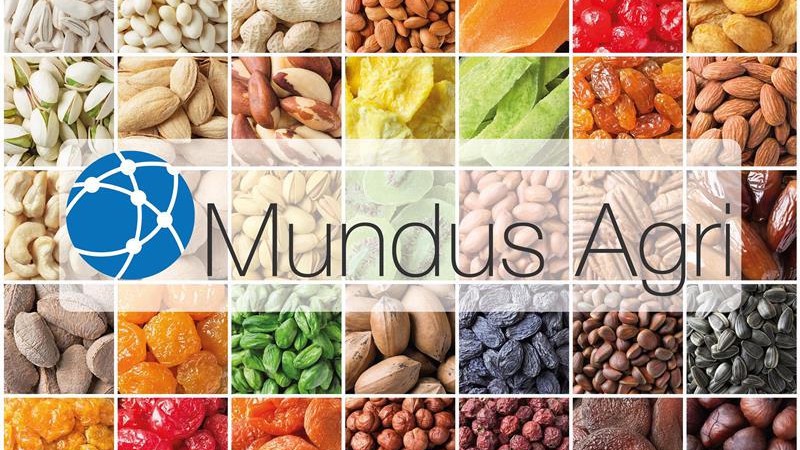Rapeseed: Exports have reached a plateau
November 10, 2017 at 3:40 PM ,
Starry Night Ltd.

Rapeseed: exports should have been stronger
BULGARIA. According to the recent USDA report on World Agricultural Production, estimates of EU output for the month reached 22.10 mmt or 1.56 mmt higher on a year-to-year basis. Realizing such a high collective figure, the member countries clearly should restrict heavy reliance on imports from countries outside the Union. As a consequence, the internal import-export rate within the member countries should increase.
However, during the current marketing season, local exports have been inconsistent on a weekly basis. A case in point, by the 5th of November 2017, via Varna seaport, the country shipped abroad only 133,597 mt of rapeseed, which lag behind by 30.09% of exported volumes last year, according to local authorities.
|
Harvest 2017-18 (01.07.2017 - 03.11.2017) units in MT |
|
|
Beg. availability, incl. carry over & imports |
510,765 |
|
Domestic consumption |
28,800 |
|
oil & biodiesel production |
28,800 |
|
Exports to the world |
352,561 |
|
to EU markets |
331,265 |
|
to rest of the world |
21,296 |
Source: Bulgarian Ministry of Agriculture
High hopes, lower reaches
Encouraged by the rising foreign demand during the last few years, farmers planted 185,717 ha of land with rapeseed for harvest 2017-18, which stood by 11.1% higher than planted acreages for the previous year. However, weather conditions during the Winter and early Spring damaged fields in some regions, and as a result, at the end of the recent harvest, farmers combined only 161,099 ha, according to local authorities; the rest was accounted as fallen-through acreages.
Such a substantial reduction in combined arable rapeseed land, coupled by the adverse effects of heavy hailstorms during harvest in some regions, and an overall lower average yield (3.1% weaker), resulted in an aggregate output of 459,002 mt for the current marketing season. According to the Ministry of Agriculture, national output this year lags behind by 7% from that of harvest 2016-17.





